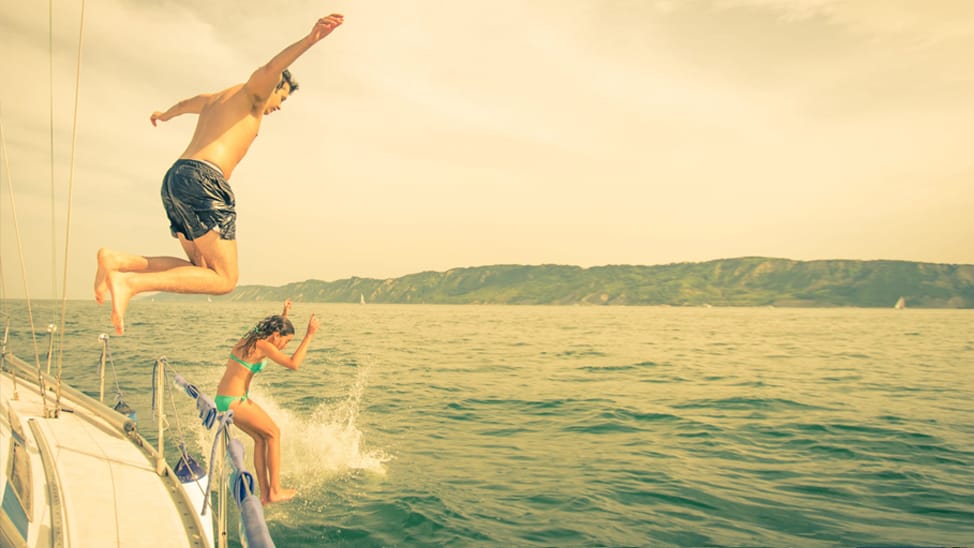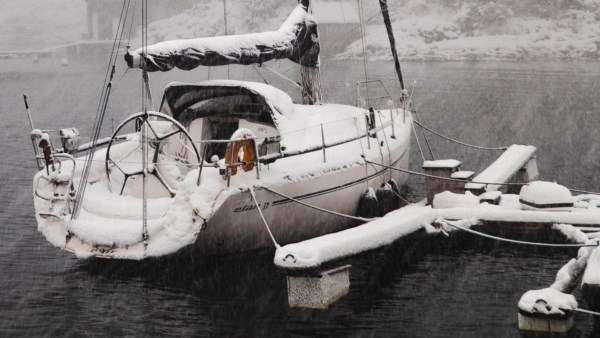For many sailors worldwide, the sailing season has a beginning and end point. For those of us in the American Sailing headquarters based in Southern California, we sail year-round, have incredibly well-tanned skin, and do not understand life without a weekly sail. We are the sailors that share pictures of our boat in the middle of winter to make you jealous as you go outside to shovel your driveway. In addition, we have regular safety checks on our vessels since they are in the water year-round.
However, as you embark on the sailing season, it is always a good idea to be well-prepared. Therefore, it is essential to discuss some early-season tips to get you off to a great start with sailing this year.
Use this Checklist
- Life Jackets: It is crucial to have enough life jackets for everyone on board, and they should be properly sized and in good condition. Take a look at the lifejackets. Are they in good condition? Should they be replaced?
- Flotation Devices: Buoyant throw cushions, life rings, and other flotation devices should be readily accessible in case of an emergency.
- Fire Extinguishers: Depending on the size of the boat, you may need to have one or more fire extinguishers on board. Read the dial and make sure they are still functioning.
- Flares: Flares are an essential signaling device in case of an emergency. Make sure you have the right type and number of flares for your boat. It is a good idea to have more than the required amount.
- Communication Devices: A VHF radio or other communication devices can help you call for assistance in an emergency. Check the batteries and their working condition.
- Navigation Lights: Proper navigation lights are essential for the safe operation of your boat, especially at night. Test all of your lights before your first sunset sail.
- First Aid Kit: A well-stocked first aid kit is important to have on board in case of injuries.
- Anchor and Line: An anchor and line are necessary to secure the boat in an emergency, such as engine failure or bad weather.
- Tool Kit: A basic tool kit can help you make minor repairs and adjustments while on the water.
- Boat Maintenance: Before setting sail, perform a thorough inspection of the boat, including the hull, sails, rigging, engine, and electrical systems. Address any maintenance issues to avoid potential problems while on the water.
- Weather Conditions: Check the weather forecast and plan your trip accordingly. Avoid sailing in rough seas or high winds if you are not experienced enough to handle those conditions.
- Navigation: Ensure you have accurate navigation charts, GPS, and compass on board. Familiarize yourself with the waterways you plan to navigate.
- Proper Documentation: Ensure you have all the necessary documentation, such as up-to-date registration and insurance.
- Crew and Passengers: Make sure everyone on board is aware of safety procedures and knows their roles in case of an emergency.
- Emergency Plan: Have a plan in place in case of an emergency, including procedures for contacting the Coast Guard or other emergency services.
- Personal Preparation: Wear appropriate clothing, including life jackets, and stay hydrated. Avoid alcohol and other drugs that can impair your judgment or coordination while on the water.
For handy, ready-made, waterproof charts and checklists you can conveniently keep on your boat, check out the Reference Cards in the American Sailing store. You can find reminders about this checklist and more to keep you ready for sailing season!












